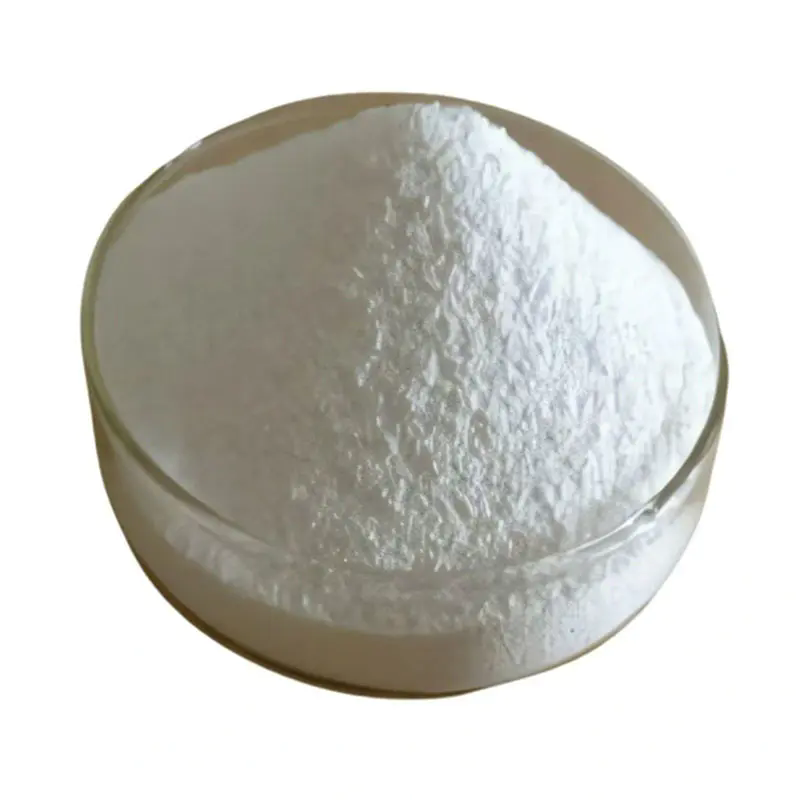Polyester Raw Materials: Durability, Versatility, and Sustainability Driving the Future of Manufacturing
2025-04-22
Polyester raw materials play a significant role in the textile and manufacturing industries, providing the foundation for a wide variety of products. This synthetic fiber is derived from petrochemical products and is primarily known for its durability, versatility, and cost-effectiveness. The production of polyester begins with the polymerization of petrochemical derivatives, which are then processed into fibers, resins, or films, depending on the intended end use.
One of the most notable features of polyester raw material is its strength and resilience. This makes it a popular choice in applications where durability is essential, such as in clothing, home furnishings, and industrial products. Polyester fibers are not only resistant to stretching, shrinking, and wrinkling but also exhibit excellent resistance to abrasion, which makes them particularly suitable for use in high-traffic areas or for products that will be exposed to frequent wear and tear. This durability also contributes to polyester’s longevity, as items made from this material tend to retain their shape and appearance longer than those made from natural fibers.
The versatility of polyester raw material is another key factor that has contributed to its widespread use. Polyester can be easily blended with other fibers, such as cotton, wool, or spandex, to combine the strengths of different materials. For example, polyester-cotton blends are commonly used in clothing due to their ability to offer the breathability of cotton while maintaining the durability and wrinkle-resistance of polyester. This ability to create hybrid materials has made polyester a staple in various industries, from fashion to automotive manufacturing.
Polyester is also well-known for its moisture-wicking properties, which make it a favorite in activewear and sportswear. The fibers are hydrophobic, meaning they repel water rather than absorbing it, which helps to keep the wearer dry and comfortable during physical activities. This characteristic also makes polyester ideal for creating textiles that require fast-drying capabilities, such as in the production of towels, bed linens, and outdoor gear. The moisture resistance also contributes to the material’s ability to resist mildew and mold growth, further extending its usability in various applications.
In addition to its practical uses, polyester is also favored for its ability to be easily dyed and processed into various colors and patterns. This makes it an excellent choice for the fashion industry, where vibrant colors and intricate designs are often desired. The smooth texture of polyester fibers also allows for crisp prints and finishes, enhancing the visual appeal of products made from this material. Whether in the form of clothing, upholstery, or accessories, polyester’s ability to maintain color and appearance over time makes it a reliable and aesthetically pleasing option.
Polyester raw material is also gaining attention for its environmental benefits, especially with the rise of recycled polyester. Recycled polyester is made by breaking down plastic bottles or other post-consumer plastic waste and reprocessing them into new fibers. This process helps reduce waste and the demand for virgin petrochemical resources. As consumer awareness of sustainability issues increases, the use of recycled polyester has become an attractive option for brands and manufacturers looking to offer environmentally friendly alternatives to traditional materials. This eco-conscious trend is particularly evident in the fashion industry, where many companies are shifting toward more sustainable practices by using recycled polyester in their collections.
The cost-effectiveness of polyester raw materials further solidifies their dominance in a variety of markets. Because polyester is synthetically produced and can be manufactured in large quantities, it is often more affordable than natural fibers like silk, wool, or cotton. This makes it an accessible option for mass production, providing an affordable solution for manufacturers and consumers alike. Despite its affordability, polyester does not compromise on performance, making it an attractive alternative to more expensive materials.
Despite its many advantages, polyester is not without its drawbacks. Being a synthetic material, it is not as breathable as natural fibers, which can be a consideration in certain applications, especially in hot or humid environments. Additionally, the production of polyester requires significant energy and petrochemical resources, which raises concerns about its environmental impact, particularly in the context of non-recycled polyester. However, ongoing advancements in recycling technology and efforts to reduce the carbon footprint of polyester production are helping to address these concerns.
As industries continue to evolve, the role of polyester raw materials is likely to expand. Technological innovations in the production and recycling of polyester are paving the way for even more sustainable and efficient manufacturing processes. The adaptability of polyester ensures its continued presence across a wide range of sectors, from fashion and textiles to automotive and electronics. As demand for durable, affordable, and versatile materials grows, polyester will remain a key player in shaping the future of material science and industrial production.



